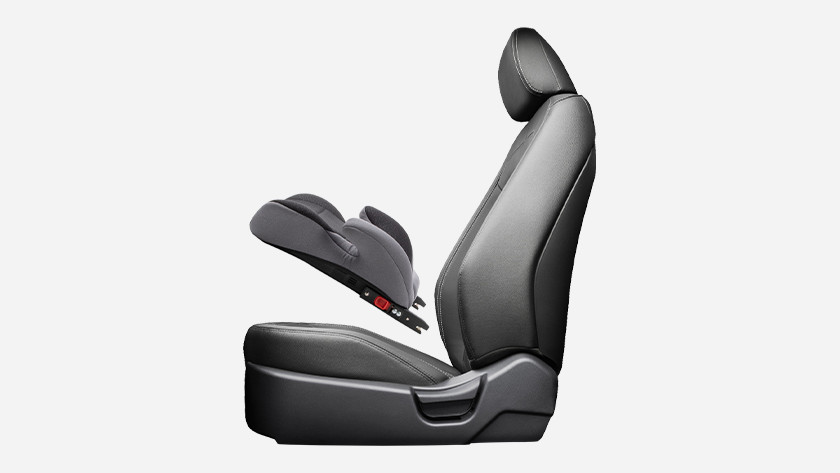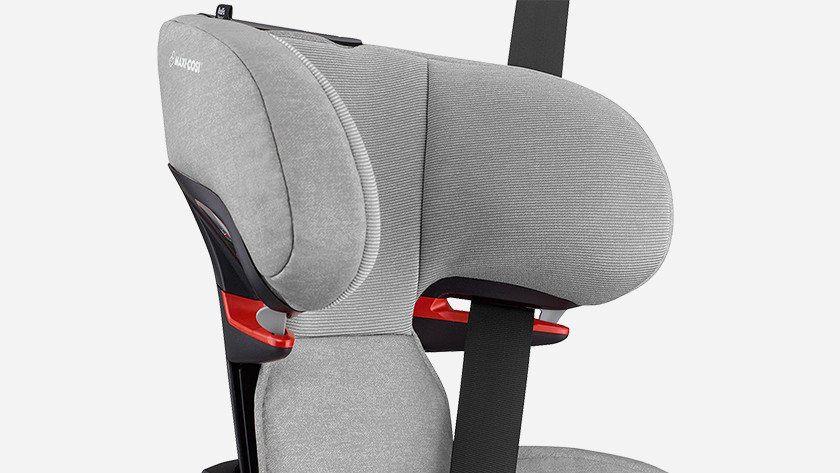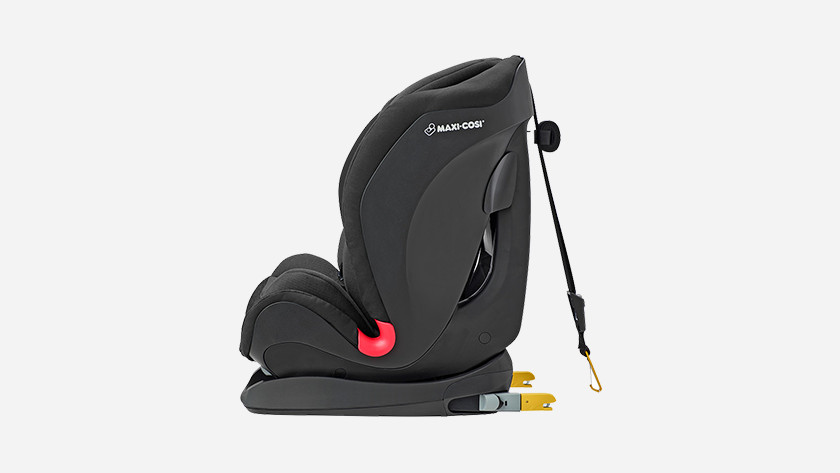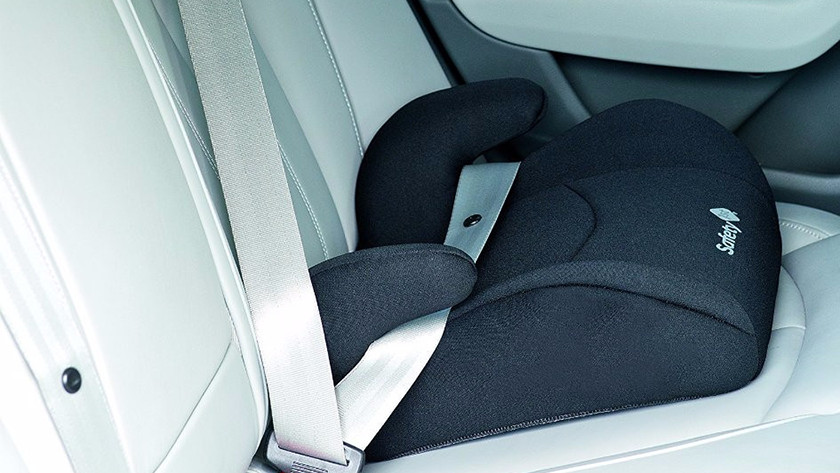
What's the difference between Isofix and seat belt attachment?
Differences between Isofix and seat belt attachment
| ISOFIX | Fasten the seat belt | |
|---|---|---|
| Suitable for the car | Most cars that have been built after 2005 | All cars |
| Installation | Fast and easy | More difficult than Isofix |
| Chance of incorrect attachment | Small | Present |
| Extra attachment point | Strap or support leg | None |
| European Quality Mark | i-Size and ECE-R44 | ECE-R44 |
Attachment method

What is Isofix?
Isofix is an attachment system to secure your car seat to the bodywork of your car with hooks. This makes it very unlikely that you'll install the car seat in the wrong way. In addition to the hooks, the car seats have a third attachment point. This keeps the car seat from tilting in case of an emergency break or collision. With universal car seats, this often is a strap called a top tether. With vehicle-specific seats, this is a support leg. Most cars that have been built after 2005 have this system by default.

What's seat belt attachment?
As the name suggests, you can use the 3-point seat belt to secure the car seat with seat belt attachment. To install the seat correctly, you have to secure the seat belt to different points on the car seat in the right order. Due to this, the installation takes a little longer and you're more likely to install it incorrectly than with Isofix attachment. These car seats meet the ECE-R44 standard and are suitable for use in any car.
European Quality Mark

What's i-Size?
Sine 2013, i-Size is the new European standard for car seats. The i-Size, also called the ECE-R129 standard, is stricter than the ECE-R44 standard. You always secure i-Size seats with Isofix, which makes it very unlikely that you install the seat incorrectly. The seats have been tested for side-impact, and have been categorized based on the height instead of the weight of the child. Besides, you have to transport your child backwards until they're 15 months, because this reduces the chance on injuries.

What's ECE-R44?
For the i-Size standard, European car seats have to meet the ECE-R44/04 standard. These car seats are no longer available from 1 September 2024, but you're still allowed to use them for a while. The R44 car seats have been divided into groups based on the weight of children. You have to transport children up to 9 months in a backwards position. The seats have been tested for impact from the front and back, but not from the side. Depending on the model, you either secure these car seats with the seat belt or Isofix.
Conclusion
The difference between Isofix and seat belt attachment is that you secure an Isofix seat to the body, and a car seat with seat belt attachment simply with the seat belt. Because the production of ECE-R44 car seats stopped in 2019, car seats without Isofix will disappear over time.


